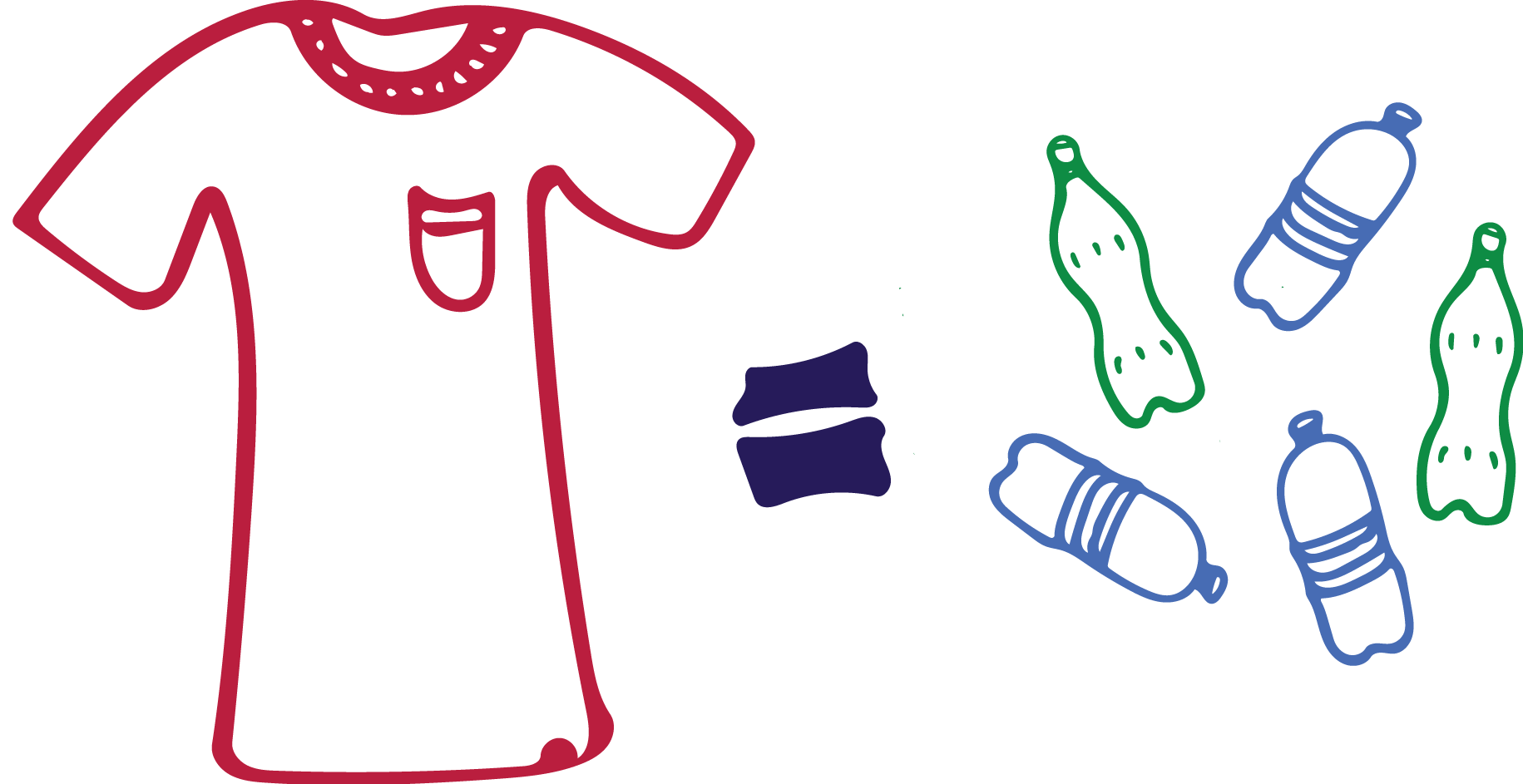The Second Life of a Recycled Plastic Bottle
Think for a moment, how many 20 ounce plastic water bottles are used each year? In the United States alone, there are 1,500 used and thrown away every second. Around the world, there are 50 billion used and thrown away each year.
That is correct, you did not read it wrong… that is billion with a “b”!
50,000,000,000 plastic bottles are thrown away annually. 80% of them end up in a landfill.
Now let’s ask a question, of the 50 billion water bottles, how many are recycled? The answer may be surprising – a meager 20 percent! This means 80 percent of the plastic bottles consumed are ending up in a landfill.
Biodegradation of Plastic
How long does it take for the plastic bottle to biodegrade? It depends on who you ask, but the average time it takes to completely biodegrade a plastic bottle is 450 years. It could even take as long as 1,000 years.
So basically the unscientific answer is “forever.”
The reason for this is because plastic bottles are made with Polyethylene Terephthalate (PET), which is virtually non-biodegradable. So if not recycled, these plastic bottles are around for a long time.
Other Places for Recycled Plastic
What if I told you, that for every five plastic bottles recycled, they can become the ingredients needed to knit one t-shirt. Looking at the labels of the clothes you own, if the label says “made from recycled materials,” it could be from recycled plastic bottles.

Remember Polyethylene Terephthalate (PET)? Well the plastic bottles labeled with the #1 on the bottom come from the same chemistry as polyester. Here is the process:
Collect the Recycled Bottles
Recycle collectors supply bales of recycled plastic bottles. The manufacturer will then separate the colored bottles from the clear bottles. Every bottle goes through inspection. This inspection removes any foreign materials, labels, and caps. Then, the sorted PET bottles are cleaned, sterilized, dried, and then crushed into small chips or flakes. All the while, continuing to separate the clear PET bottle flakes from colored PET bottle flakes.
Turn Bottles Into Thread, Thread Into Fabric
Once the flakes are ready, they will go through a heating process enabling them to pass through a spinneret. This spinneret will spin the plastic into threads that will wind like yarn threads in spools. They then go through a crimping machine, which will give the polyester yarns the fluffy wooly texture. The crimped polyester yarns are then dried, baled, and prepared for sale.
Textile manufacturers buy the recycled plastic bottles in the form of polyester yarns. After bleaching or dyeing the yarns, they feed into a circular knitting machine. Once knit together, the end product is polyester fabric made from the original recycled bottles.
To make different textures, the polyester fabric will go through a napper machine. Here, it will pass through mechanized bristles that give the fabric texture by raising its surface. It also shears the raised threads with a yarn to even out the surface. Polyester fabric from plastic bottles will become fabrics like fleece wool, corduroy, velvet, and other similar piled textiles.
Make the Right Choice – Recycle!
Take a look at the water bottle currently in your hand. Will you throw it in the trash? It could end up in a landfill for the next 500 years. Opt to recycle it? Then the water bottle you hold today could be the clothes you wear tomorrow. It seems like a simple option to help save Mother Earth. Make the right choice and RECYCLE those plastic bottles!


